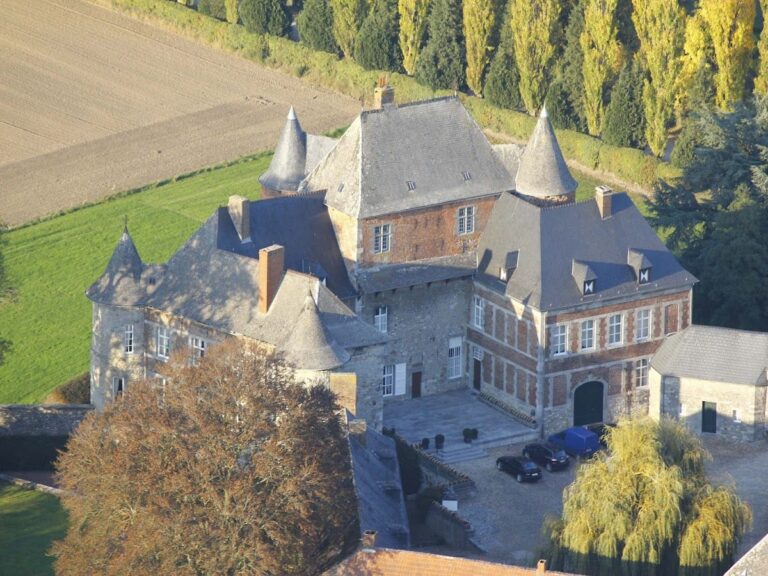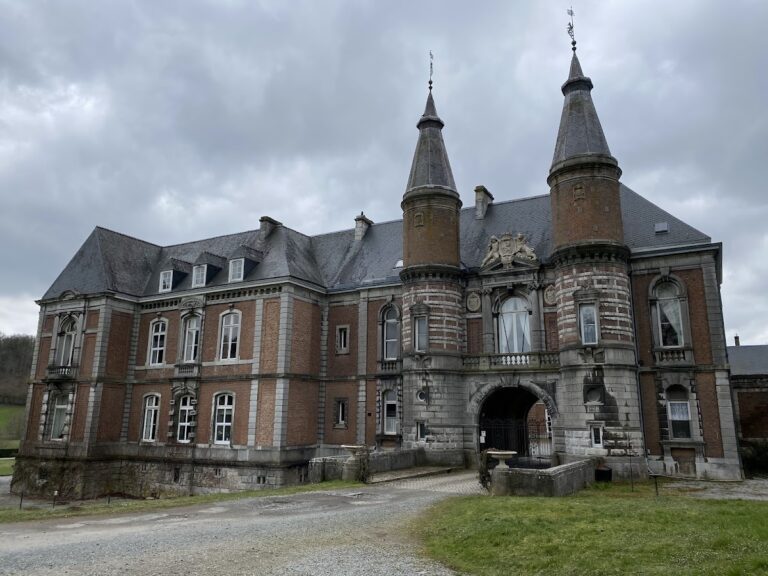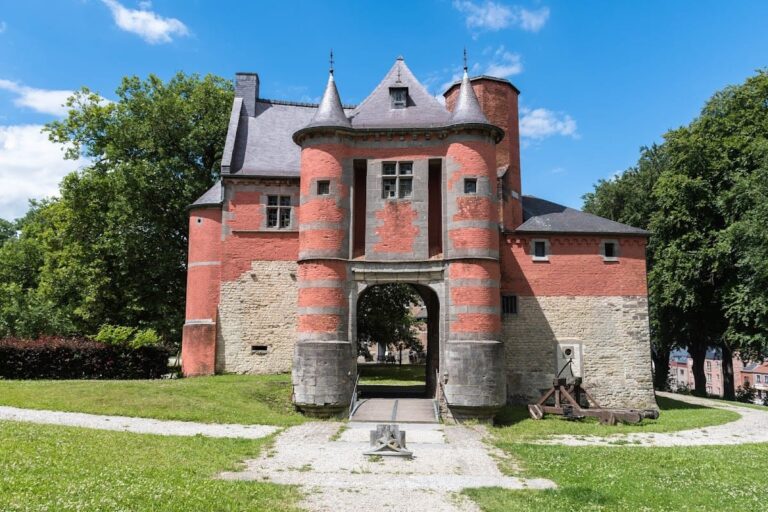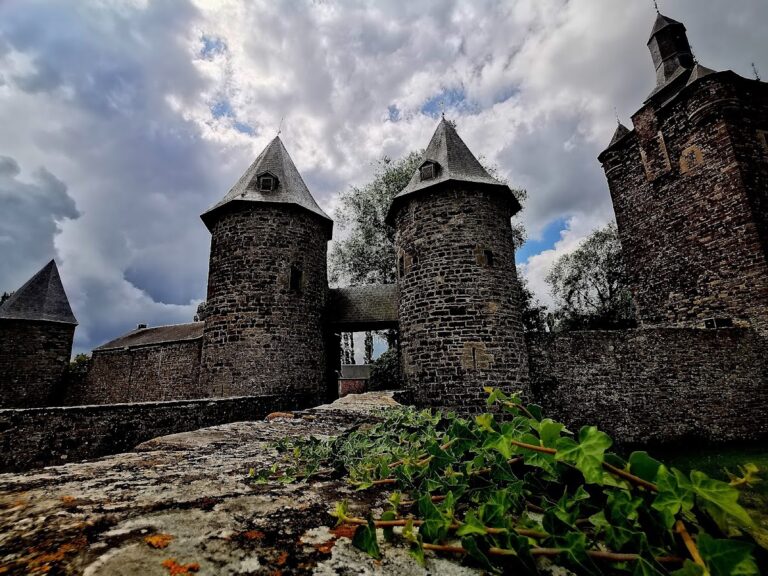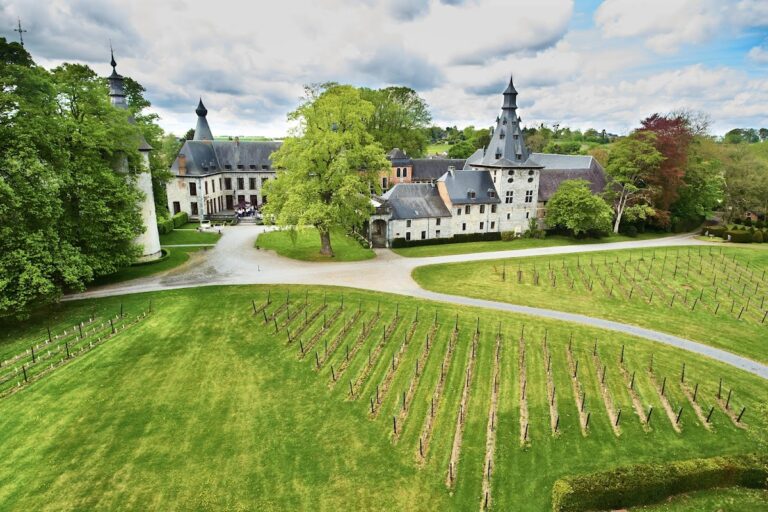Ham-sur-Heure Castle: A Historic Noble Residence in Belgium
Visitor Information
Google Rating: 4.4
Popularity: Very Low
Google Maps: View on Google Maps
Official Website: www.myseniors.be
Country: Belgium
Civilization: Medieval European
Remains: Military
History
Ham-sur-Heure Castle is located in Ham-sur-Heure-Nalinnes, Belgium. Its earliest known record dates to the 13th century, when Isabeau de Morialmé was identified as its owner. The castle’s origins before this time remain undocumented.
Throughout the 13th and 14th centuries, the castle changed hands among several noble families. The Condé family is noted as owners in 1209 and again in 1259. Other families included the Béthune in 1230, Gui de Dampierre in 1246, and later the Luxembourg and Fosseux families. By 1441, the Lords of Enghien held the castle, reflecting its importance within regional noble networks.
From 1473, the House of Mérode acquired the castle and maintained ownership until 1941. This family shaped much of the castle’s current appearance. The castle endured significant damage during military conflicts in 1667 and 1689. In response, it was rebuilt in the early 18th century as an elegant residence, reflecting the tastes of the period.
Renovations began again in 1776 but were left incomplete due to the upheavals of the French Revolution. Later, between 1898 and 1900, Léonie de Rochechouart de Mortemart, Countess of Mérode, funded a major restoration. Architect Pierre Langerock from Leuven directed this extensive work, which cost two million gold francs and restored the castle from near ruin.
After 1941, the castle passed by inheritance to the d’Oultremont family. In 1952, it was sold to the municipality of Ham-sur-Heure. Since then, the castle has served as the town hall, including after the 1977 municipal reorganization when it became the administrative center of Ham-sur-Heure-Nalinnes.
Remains
The castle’s present form largely reflects the modifications made by the House of Mérode from the late 15th century onward. Its layout includes a courtyard and a south facade, with the rear facades overlooking the Eau d’Heure river and surrounding meadows.
Constructed primarily of stone, the castle was rebuilt in the early 18th century into a luxurious residence following damage sustained in the late 17th century. The late 19th-century restoration by Pierre Langerock restored the structure from a state of ruin to its current condition.
The castle is set within a park, enhancing its historic setting. The surviving structures include the main residential buildings and the courtyard area. No inscriptions, altars, or archaeological artifacts such as tools or pottery have been documented at the site.
Today, the castle stands restored and maintained, serving administrative functions. Its architectural features reflect centuries of noble residence and careful preservation rather than fragmentary ruins.
